Understanding the value of your veterinary practice is essential, whether you’re planning to sell, transition, or just want to know how your business stands. Valuing a veterinary practice involves more than just looking at financial numbers—it’s about recognizing all the effort, dedication, and care you’ve invested. In this two-part series, we’ll explore important factors and methods to help you determine your practice’s value.
Why Valuation Matters
Knowing your practice’s value helps you make informed decisions about its future, whether selling, merging, or improving. A proper valuation sets realistic goals and expectations, ensuring you get the best return on your investment.
Key Factors Influencing Veterinary Practice Value
-
Financial Performance
– Revenue and Profitability: Consistent revenue growth and profitability show a practice’s health. Buyers look for practices with stable or increasing revenues.
– Cash Flow: Steady cash flow assures potential buyers that the practice can generate income over time.
– Expenses and Overhead: Lower expenses and well-managed overhead costs can boost profitability and, therefore, the practice’s value.
-
Client Base
– Active Clients: The number of active clients and their loyalty can significantly impact the practice’s value. A large, stable client base is generally more attractive.
– Client Retention Rate: High retention rates indicate good client relationships and satisfaction, making the practice more appealing to potential buyers.
-
Staff and Management
– Experienced Staff: A knowledgeable and stable team adds value, as they help maintain the quality of care and services.
– Leadership: Effective and experienced management enhances operational efficiency and overall performance.
-
Facilities and Equipment
– Modern Equipment: Up-to-date and well-maintained equipment can increase a practice’s value by showing it can provide advanced care.
– Facility Condition: The condition of the practice, including the building and property, plays a key role in valuation.
-
Location
– Demographics: Practices in areas with high pet ownership and favorable demographics for veterinary care can command higher valuations.
– Accessibility: Easy access and visibility can enhance a practice’s appeal and convenience for clients.
Stay Tuned for Part 2
In the next part of this series, we’ll explore different valuation methods and highlight how professional brokers can simplify this complex process.
Ready to take the next step? Contact us at 888-462-4047 or email us at Info@vetsalesconsulting.com.

